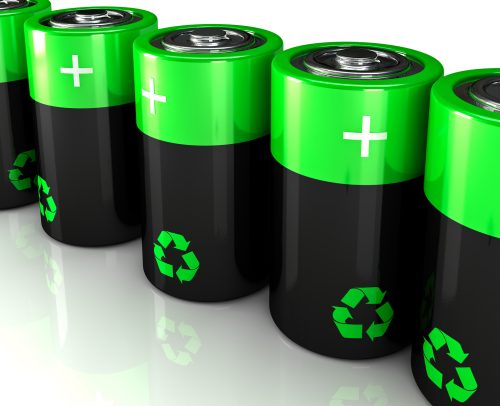Lithium batteries are mainly composed of four major materials: positive electrode material, negative electrode material, separator, and electrolyte. Lithium battery anode materials play the role of storing and releasing energy in lithium batteries, which mainly affect the first efficiency and cycle performance of lithium batteries. Anode materials account for 6% to 10% of the cost of lithium batteries.
At present, most of the anode materials on the market use artificial graphite and natural graphite. Today we will introduce the production process of artificial graphite.
Artificial graphite needs to go through four major processes and more than ten small processes
The aggregate of artificial graphite is divided into three categories: coal system, petroleum system and coal and petroleum system. Among them, coal-based needle coke, petroleum-based needle coke, and petroleum coke are the most widely used: Generally speaking, needle coke is used as a raw material for high specific capacity negative electrodes, and cheaper petroleum coke is used as raw material for ordinary specific capacity negative electrodes. Bitumen acts as a binder.
Artificial graphite is made by crushing aggregates and binders, granulating, graphitizing, and sieving. The basic process flow is the same, but there are certain differences in the specific preparation process of each enterprise.


